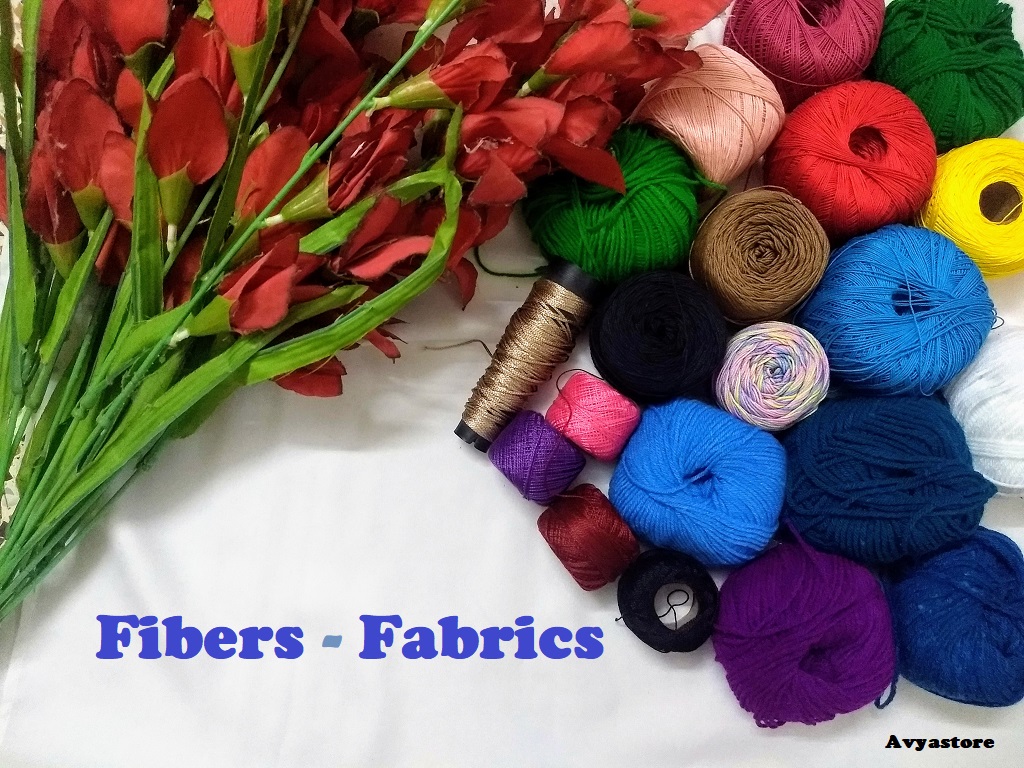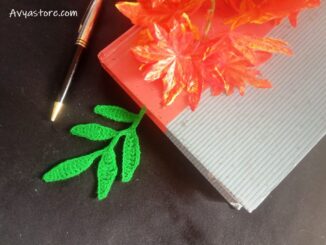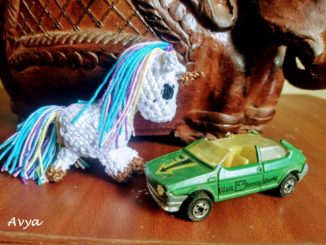
A fiber is a skinny thread of a natural or artificial substance, particularly one that’s wont to create textile or rope. Fibres are twisted to create a yarn. The characteristics of a fabric depend upon the kind of fibre used and therefore the treatment applied to them.
Natural Fibers –
Cotton – Cotton comes from the ripe, fuffy seedpod of the cotton plant.
Cotton may be a cool, sturdy fiber, simple to clean, absorbent and thus extraordinarily pleasant to wear. Nice advances have recently been created with easy-care finishes.
Linen – is spun from the fibrous stalks of the flax plant.
Linen fabric is very tough, absorbent and cool to wear. Its strength actually increases in washing – thus its age-old use for sheets and household linen. Pure linen does crease, but new blends with mam-made fibers and the development of crease-resistant finishes are making linen much more of an all-purpose fiber.
Wool and Animal Fibers –
Wool fiber comes from the fleece of sheep. Different animal fibers embody the luxurious, and dearly-won, alpaca (alpaca goat or S. yank artiodactyl) cashmere(very soft goat) vicuna (vicuna llama from S. America) textile (srisp shiny fiber from the Angora, used for men’s light-weight suiting) and angora (an-gora rabbit)
Wool has inherent heat and resilience. The foremost versatile of fibers, it are often spun and woven into each the lightest crepes and heaviest tweeds and is cool in summer, heat in winter.
Silk –
Silk comes from the filament spun by the silk-worm for its cocoon.
The foremost luxurious of fibers, silk includes a lustrous, live quality and takes color to a deeper intensity than the other fiber.
Man-Made Fibers –
Acetate –
Acetate is derived from cellulose, the raw materials of which are cotton linters or wood pulp.
Considered the foremost silk-like of the synthetic fibers in wide use. Acetate drapes well, and is woven into satins, taffetas, brocades and surahs
Acrylic –
These fibers are produced from acrylonitrile, a liquid derived from oil refining and coal carbonization processes.
Easy-care and crease-resistant, acrylic fibers most closely resemble wool and are very popular for knitwear and light, washable tweeds.
Modacrylic-
Based on derivatives of oil refining and coal carbonization processes.
Modacrylic Fibers are used for both garment and industrial fabrics. Strong, hard-wearing and flame-proof, they’re terribly sensible for children’s article of clothing
Elastomeric –
These are stretch yarns with a high degree of elasticity, based on segmented polyurethane.
Elastomeric fibers are used in foundation garments, swimwear and stockings.
Nylon-
Nylon’s raw materials are benzene from coal, oxygen and nitrogen from the air and hydrogen from water.
Nylon is extremely strong and has inherent elasticity. It can be spun into fine silk-like fibers which make it ideal for stockings and lingerie. Its crease-resistance and quick-drying qualities have given nylon a large share of the men’s skirt market.
Polyesters –
Polyesters are made of ethylene glycol and terephthalic acid, derived from crude oil. A awfully sturdy fiber, polyester is often found as a mix with woo, or cotton. Used alone, polyester is usually ‘bulked’ or ‘crimped’ and unwoven to convey a sturdy and sensible cloth
Triacetates –
Primary raw materials within the manufacture of triacetates are wood pulp and cotton linters.
Triacetates have a dry, crisp silky handle and slightly shiny ends. They have easy-care qualities and are crease-resistant.
Rayon –
Rayon – with a wood pulp base, viscose rayon is a cellulosic fiber and is probablys he most widely used of all man-made fibers.
Rayon is the old ‘art silk’ rayon and is still used today for linings or ‘brushed’ as a cheap wool substitute. It is also used as a blend where its absorbency is balanced with a stronger but non-porous fiber.
Types of Yarn that can be used for Knitting or Crochet –
All types of yarn for knitting or crocheting are made from natural or synthetic fibers. Often, makers mix different kinds of yarn fiber to offset an undesirable characteristic. When choosing a yarn type for your knitting/crochet project, consider the following:
- Wool: Wool (made from the fleece of sheep) is the queen of yarns, and it remains a popular choice for knitters. Here are some of your wool yarn options:
- Lamb’s wool: Comes from a young lamb’s first shearing.
- Merino wool:Considered the finest of the fine breeds.
- Pure new wool/virgin wool:Wool that’s made directly from animal fleece and not recycled from existing wool garments.
- Shetland wool: Made from the small and hardy native sheep of Scotland’s Shetland Islands.
- Icelandic wool: A rustic, soft yarn.
- Washable wool: Treated chemically or electronically to destroy the outer fuzzy layer of fibers.
- Fleece:Examples include mohair and cashmere, which come from Angora and Kashmir goats, respectively. Angora comes from the hair of Angora rabbits.
- Silk, cotton, linen, and rayon: The slippery, smooth, and often shiny yarns.
- Synthetic: Including nylon, acrylic, and polyester. Straddling the border between natural and synthetic are soy, bamboo, corn, and other unusual yarns made by using plant-based materials.
- Novelty: Novelty yarns are easy to recognize because their appearance is so different from traditional yarns:
- Ribbon:A knitted ribbon in rayon or a rayon blend.
- Bouclé: This highly bumpy, textured yarn is composed of loops.
- Chenille: Although tricky to knit with, this yarn has an attractive appearance and velvety texture.
- Thick-thin:Alternates between very thick and thin sections, which lends a bumpy look to knitted fabric.
- Railroad ribbon:Has tiny “tracks” of fiber strung between two parallel strands of thread.
- Faux fur: Fluffy fiber strands on a strong base thread of nylon resemble faux fur when knitted.
- Lace Crochet Threads: Commonly used for lace motifs, dollies, etc. Thread or yarn are assigned a number. With yarn, the higher the number, the thicker the yarn. With thread, the higher the number of the thread, the thinner it is. A size 3 in crochet thread sounds small and a size 30 sounds much larger, but a size 3 is going to be a thicker thread than a size 30. As the number of the thread goes up, the thickness goes down. there are some standard crochet thread sizes.
- Size 3 and 5 crochet thread is about as thick as a lightweight yarn, with size 3 being slightly thicker than size 5. If you have trouble learning thread crochet, start with these large sizes of thread.
- Size 10 crochet thread is slightly thinner than most yarn, slightly thicker than size 3 or 5 threads. Beginners to thread crochet often find that this is a good size to start with.
- Size 20 and 30 crochet threads are common options. Many of the thread crochet patterns that you will find are going to call for one of these two sizes of thread.
- People interested in working with even thinner thread will find that it comes in increments of 10 (size 40 to size 100), with the lower numbers being slightly thicker (but still very thin) compared to the highest numbers.
The most important thing to know is that you can crochet with any type of yarn so don’t stress out too much about choosing “the perfect yarn” for your beginner projects. Have fun with it all.
Read are articles on History and Origin of Crochet




2 Trackbacks / Pingbacks